Project Pinball: Worst Idea of World War II?
December 28th, 2021
6 minute read
America’s strategic bombing plans in World War II initially relied on the ability of large bomber formations fighting their way in to reach the target, and then fighting their way back home again.
The very name “Flying Fortress” implies heavy armament, and the classic versions of the Boeing B-17 carried thirteen Browning .50 caliber AN/M2 machine guns into combat. Its four-engine heavy bombing partners, the Consolidated B-24 Liberator, carried ten .50 caliber MGs and the later Boeing B-29 Superfortress carried 10 .50 caliber guns.
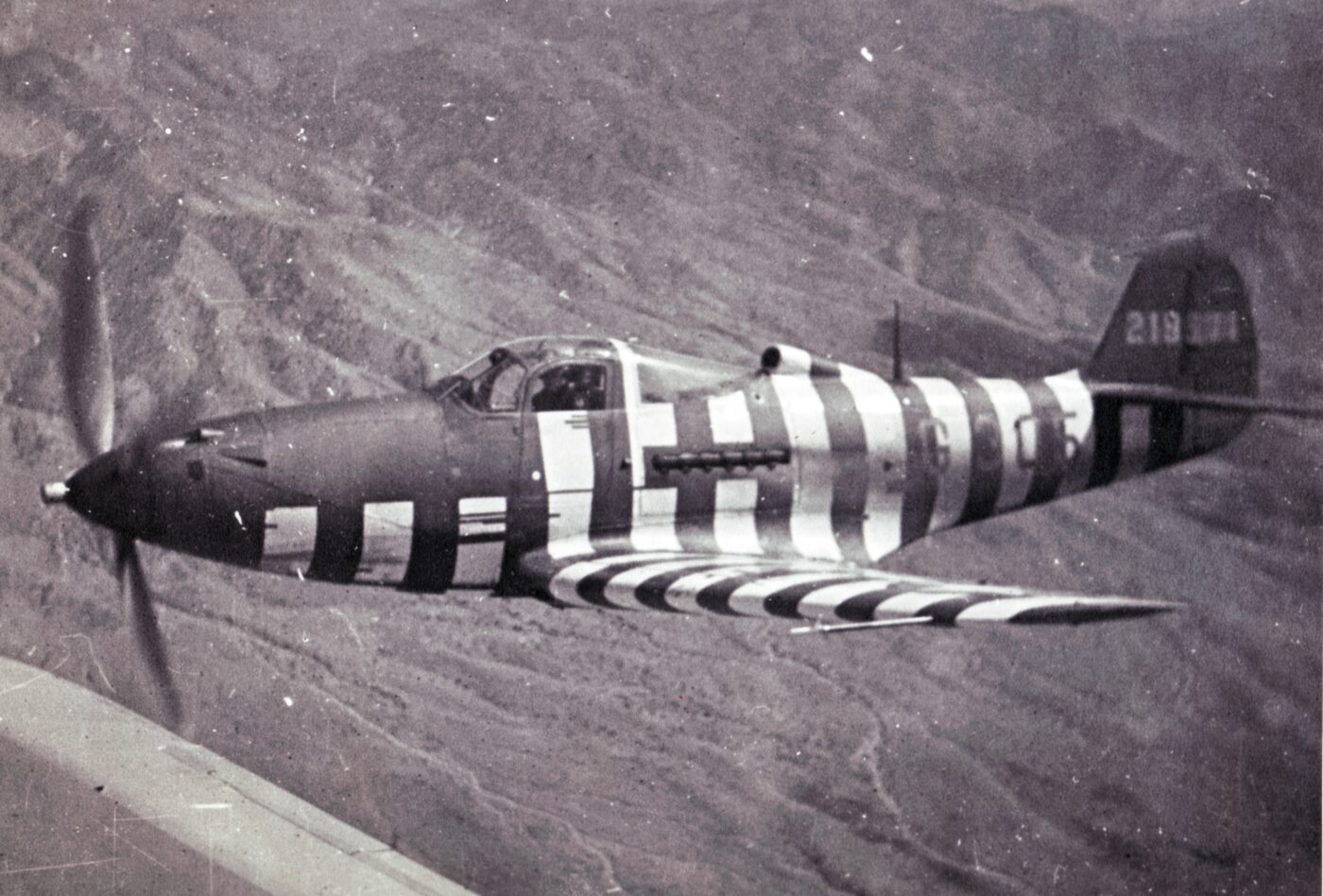
Meanwhile, even the U.S. twin-engine medium bombers, the Martin B-26 Marauder (eleven .50 caliber MGs) and the North American B-25 Mitchell (twelve .50 caliber MGs) were heavily armed.
The American concept of unescorted daylight precision bombing would be put to the test, and the aerial gunners of the USAAF would be the bombers’ only defense until escort fighters were available to shepherd them to their targets.
Training Aerial Gunners
Systematic and organized training for America’s aerial gunners began in June 1941, with America’s involvement in World War II just months away. The first school for “flexible air gunnery” — guns on swinging mounts controlled by the gunner, as well as early power turrets — was established in Las Vegas, where the weather was almost always good for flying. During the next two years, special aerial gunnery schools were created at Kingman and Yuma, Arizona, as well as Harlingen and Laredo, Texas, and also in Panama City and Fort Myers, Florida.
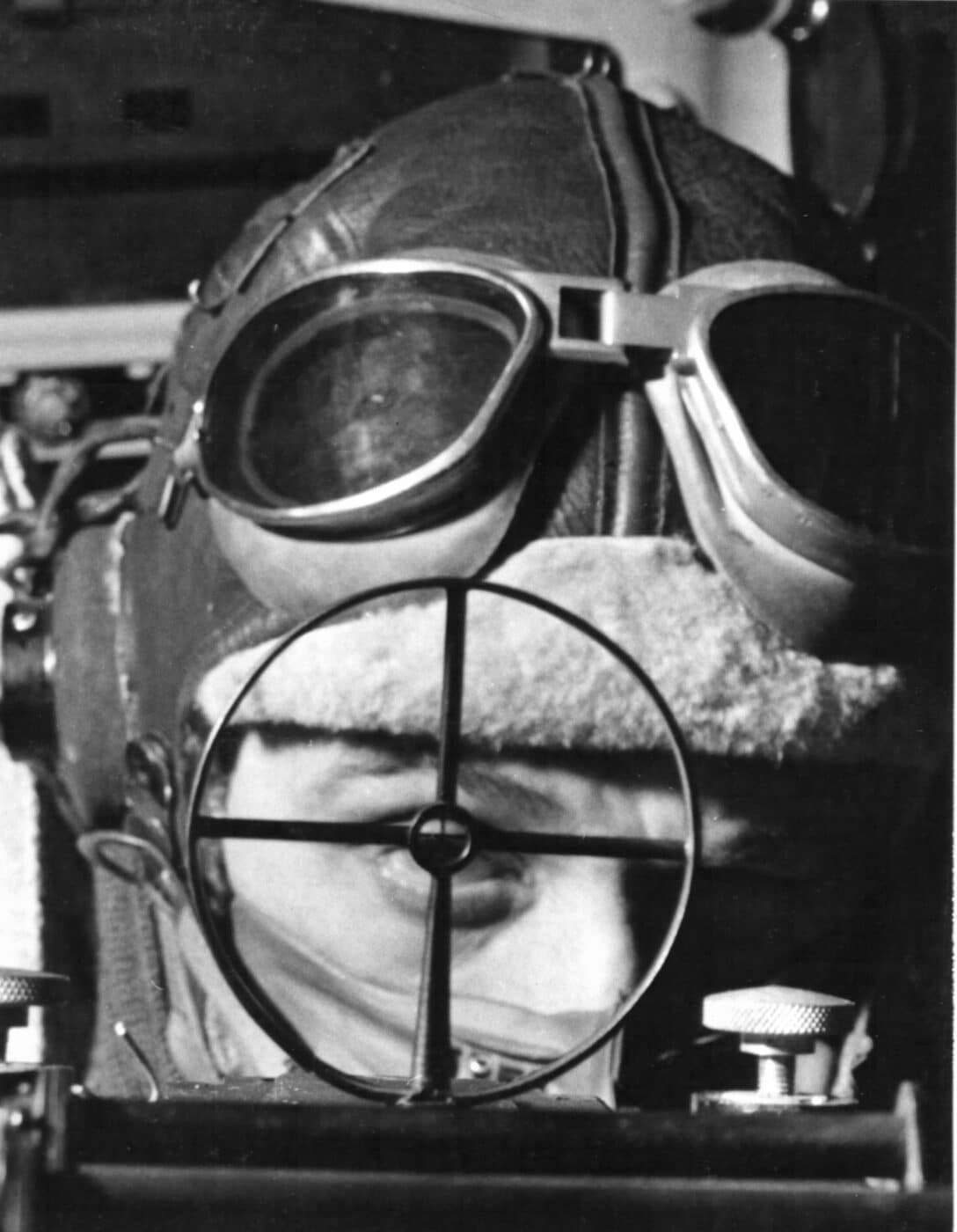
Early training methods focused on using shotguns, in the typical trap and skeet environments, firing from improvised positions in the back of a moving vehicle or trolley. As the war went on, air gunner training progressed to use all sorts of advanced technology, including gun cameras, projection screens, towed targets and target drones.
In addition, gunners received considerable classroom instruction in gunnery principles, aeronautics and ballistics. There were multiple types of gun sights in use, as well as multiple gun mounts, along with several different styles of turrets.
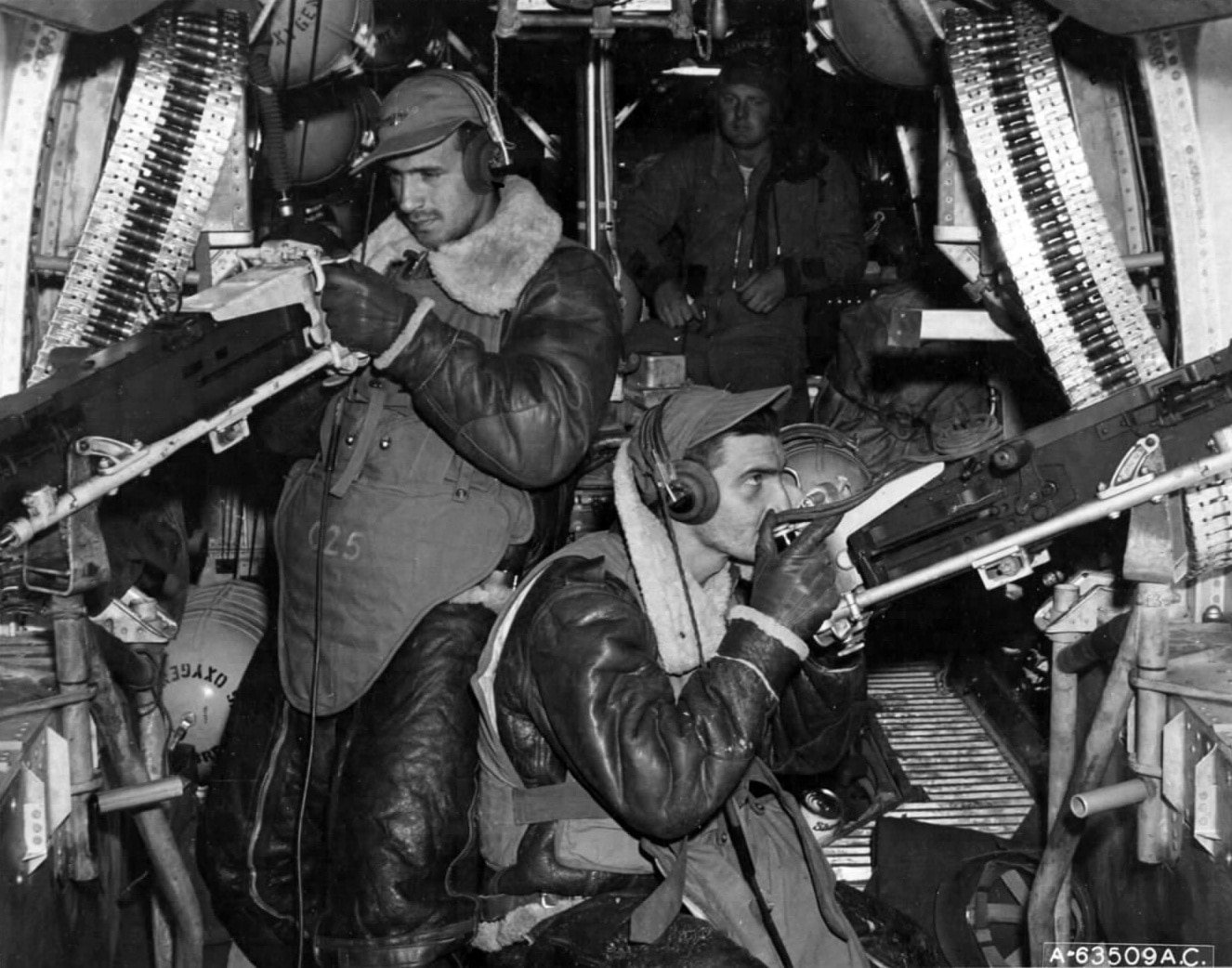
Timing became a critical factor as more and more combat squadrons needed an ever-increasing number of trained gunners. Meanwhile, the combination of practical and theoretical training was overloading the new recruits. Once in the combat zones, gunners were responsible for the care and maintenance of their weapons, and as the gunnery training became more intense the quality of machine gun maintenance training suffered.
Training on the specialized gun turrets also became unmanageably complex — during 1943 there were at least six different gun turret types in active service on American bombers. Many gunners also had additional jobs onboard their aircraft, such as a radio operator or engineer, and this further distracted the men from gunnery training.
In early 1944, U.S. military intelligence reported that there were “serious deficiencies” in the training of turret gunners sent to the European theatre, resulting in a situation where “too much time had to be devoted to training in combat areas”. Despite all the best efforts made to train air gunners with an intensive, six-week stateside program, the best training was done in the do-or-die school of hard knocks. The USAAF continued to look for better ways to provide quick and practical training to air gunners. One of these efforts was the rather odd “Project Pinball”.
Origins of Project Pinball
During 1942 Major Cameron Fairchild began to develop an air gunner training concept that would allow the trainees to fire real bullets (albeit frangible and ostensibly “non-lethal”) against real interceptors. Working with professors at Duke University Major Fairchild set out to make frangible ammunition made from glass.
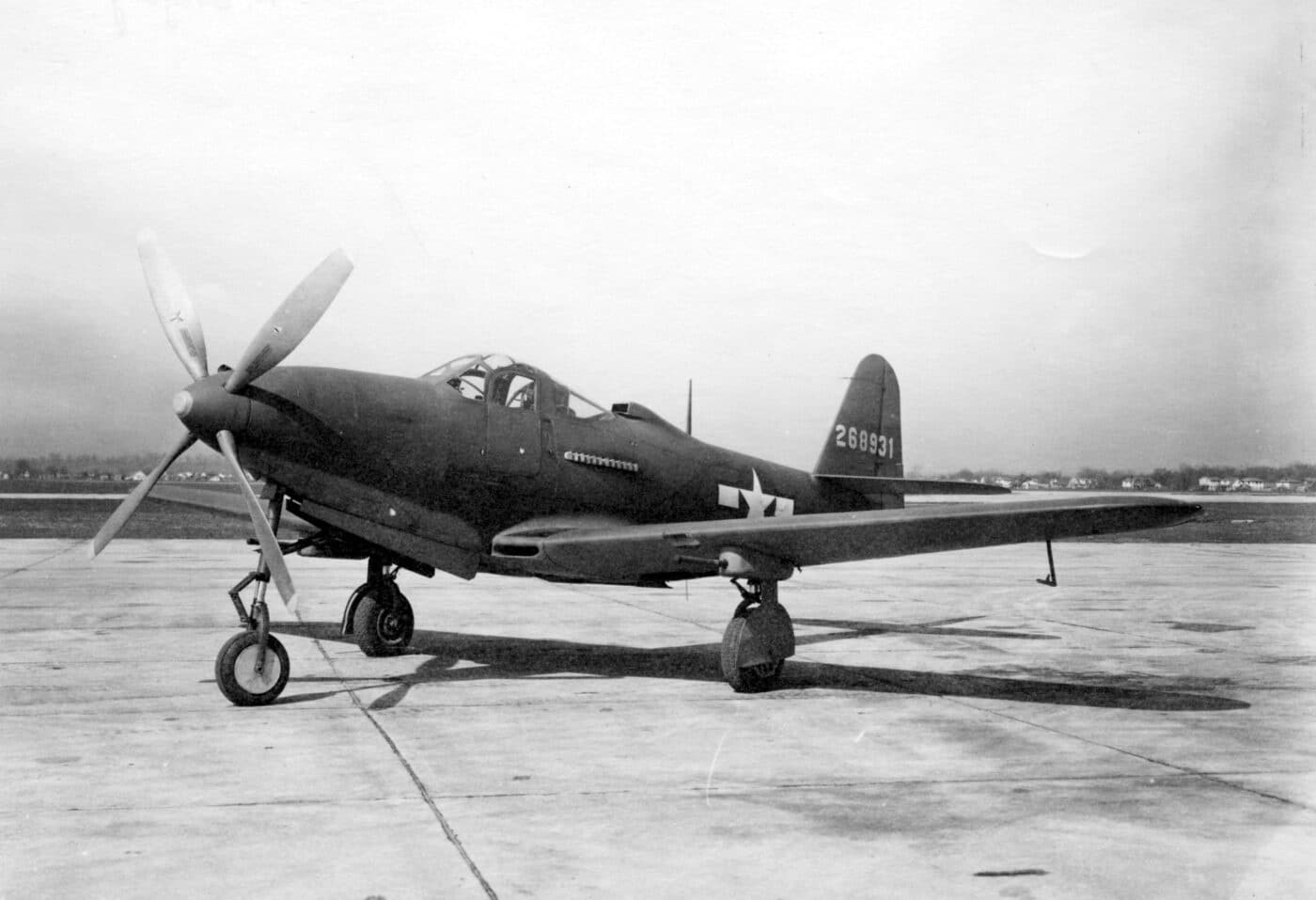
By the autumn of 1942, Fairchild brought his idea to the National Defense Research Committee and the US Army Ordnance Department. The proposal was met with little enthusiasm as ordnance experts reminded Fairchild that a frangible round would not have the same ballistic qualities as normal ammunition and was also unlikely to work in standard machine guns.
Experimentation continued though, with the help of the Bakelite Corporation, and by the beginning of 1944, the frangible T-44 round (made from a combination of Bakelite and lead) was ready for testing. Project Pinball was underway, in hopes of finally bringing realistic training to air gunnery training centers.
The Pinball: The Bell P-63 Kingcobra
First flown in April 1938, the Bell P-39 Airacobra was one of America’s early fighters in World War II, helping to hold the line in the air battles over Guadalcanal and the Solomon Islands, as well as in North Africa.
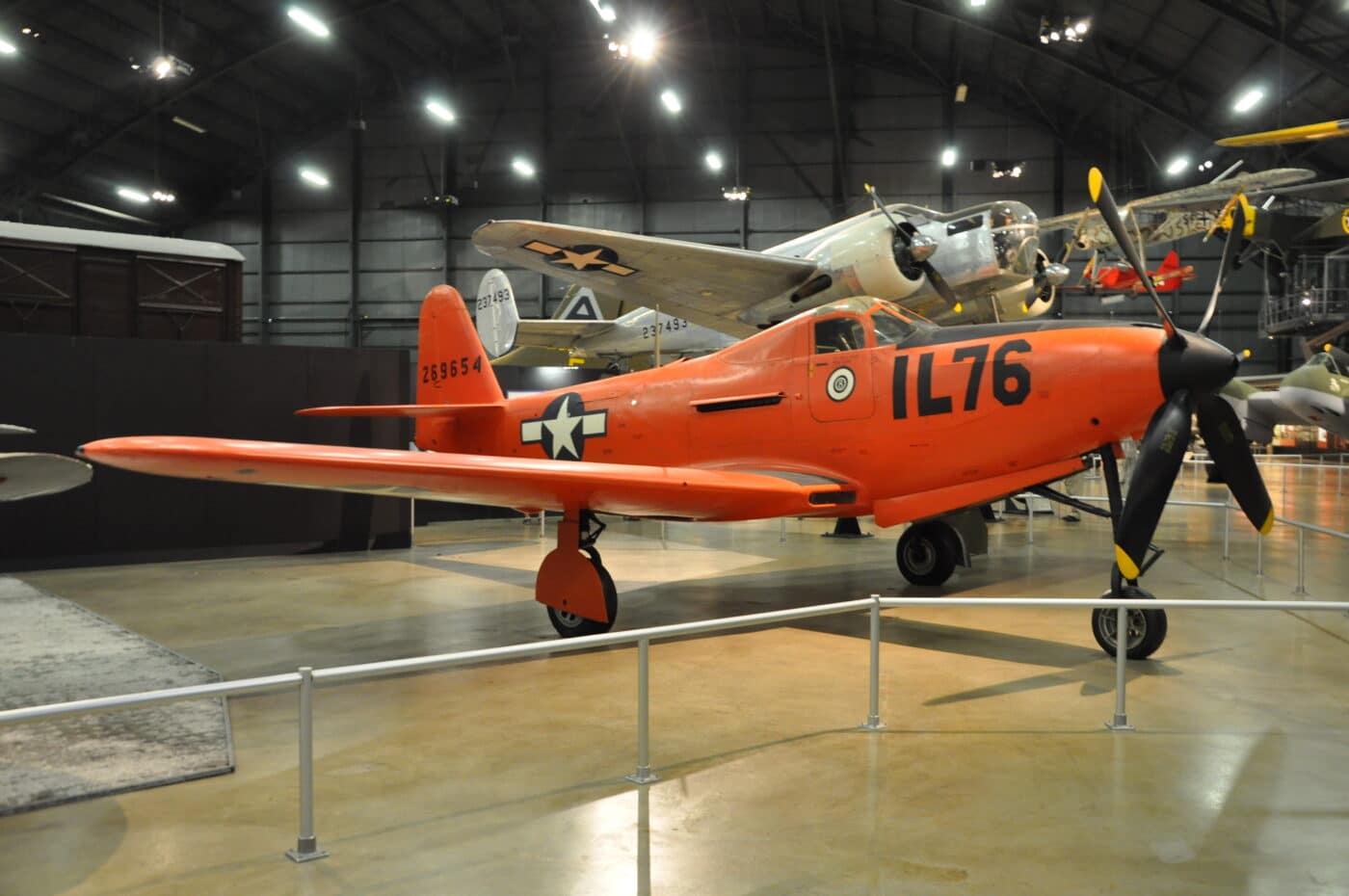
The P-39 was handicapped by its lack of a turbo-supercharger, restricting the Airacobra to low-level missions. Although Bell’s 37mm cannon-armed interceptor was not particularly successful with the USAAF, when it was provided to the Soviet Union through Lend-Lease, the P-39 blossomed. Ultimately, the little Bell fighter performed very well as an interceptor for the Red Air Force, with half of the top ten Soviet aces scoring the majority of their kills in the P-39.
By the end of 1943, Bell had produced the more powerful P-63 Kingcobra. The P-63 offered more speed and greater range, with its armament still based around a centrally mounted M4 37mm autocannon. Even so, the USAAF did not accept the Kingcobra for combat duty, but the Soviets gladly did.
The P-63s were provided to the Red Air Force with the stipulation that they only be used on the Soviet Pacific Front, in preparation for the anticipated invasion of Japan. However, several Soviet pilots claim that the P-63 was used against Germany, and some German sources claim that P-63s were shot down by flak and Luftwaffe fighters. Of course, official Soviet records only describe P-63 operations against the Japanese, beginning in August 1945.
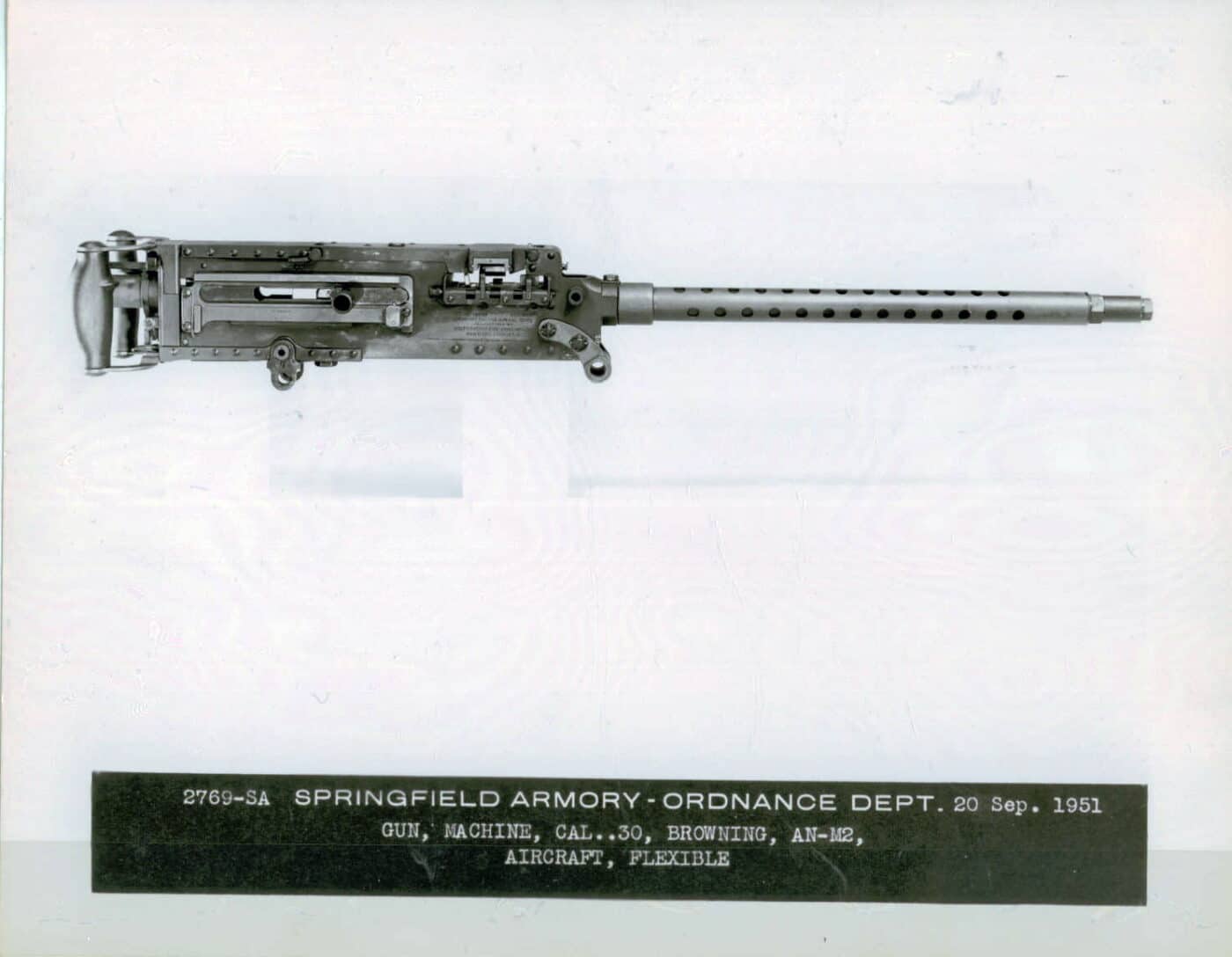
In the U.S., the P-63 saw little use in the USAAF, but the Kingcobra did have a starring role in Project Pinball, performing as a flying target for aerial gunner trainees to shoot at. Beginning in August 1944, a group of P-63s had their armament removed and were often painted orange to be even more visible for the fledgling gunners to keep in their sights.
A series of sensors (including microphones) were fitted to the aircraft, early technology designed to show when the P-63 was struck by special “frangible ammunition”. Hits were recorded by a counter mounted in the cockpit and signified in the air by a large red light bulb mounted in the propeller hub, easily identified by the gunner’s instructor.
The modified P-63 was designated RP-63, and the strange target aircraft nicknamed “Pinball”. The P-63 was chosen as it was (a) available, and (b) more closely resembled the size and shape of the German Bf109 fighter, regularly encountered over Europe.
Friendly Fire
The realism of the Project Pinball training was rooted in the use of live ammunition for the gunner trainees. The special .30 caliber M22 “frangible” rounds were made of a lead and Bakelite composition (110 grains)that were designed to disintegrate upon impact.
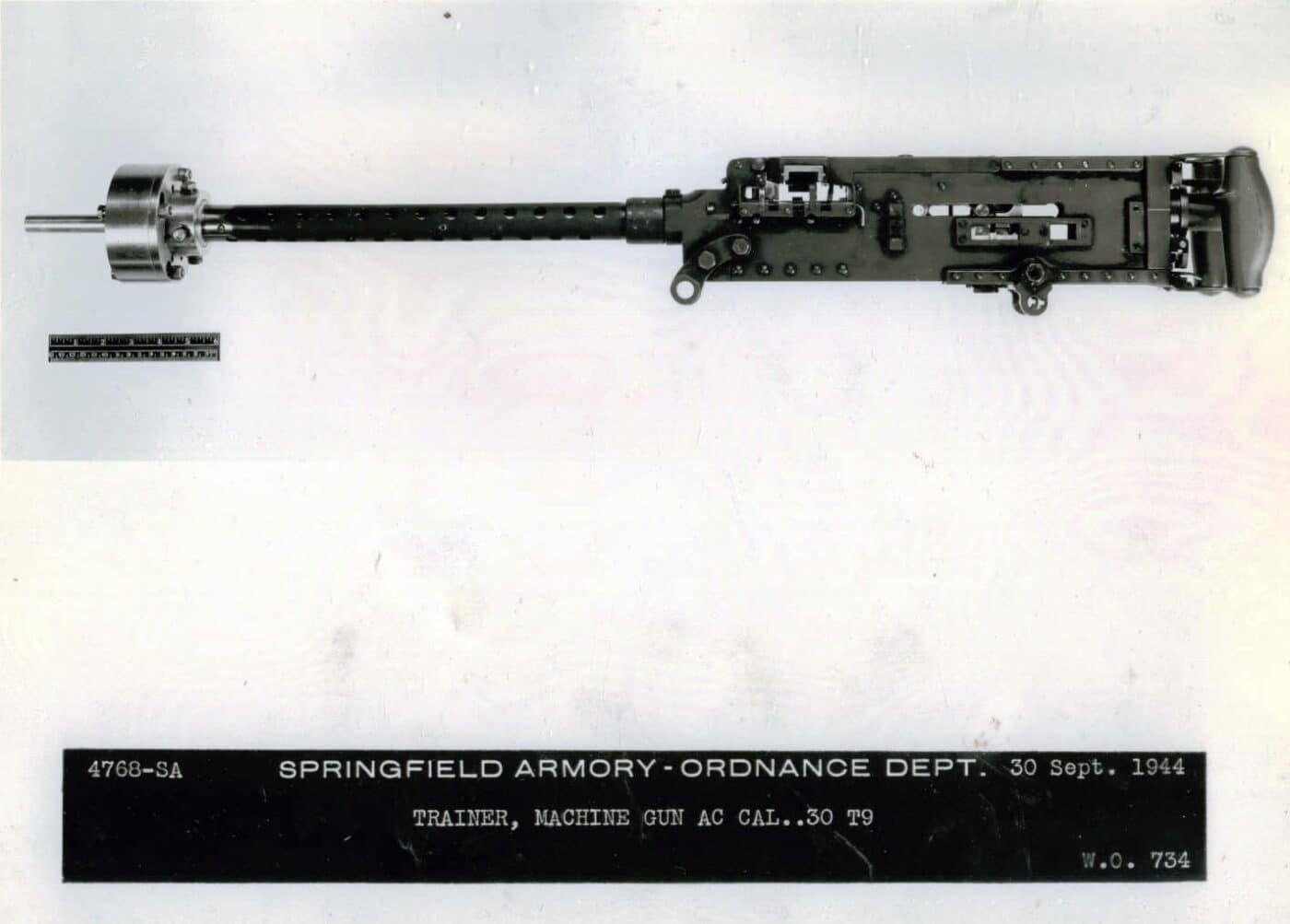
The M22 rounds cycled well through the Browning AN/M2 .30 caliber guns, and perhaps they worked a bit too well at times: the gunner trainees ended up shooting down a few of the target RP-63 aircraft! Such are the perils of training with what is essentially live ammunition.
Later versions of the RP-63 were equipped with additional armor (nearly 2,200 pounds), particularly extending to the engine cooling intakes. More “hit indicator” lights were added to the wings and fuselage to aid the instructors and the gunner trainees in adjusting their fire.
After almost a year of air gunner training using live frangible ammunition, Project Pinball quickly ended and faded into history with the Japanese surrender on September 2, 1945.
Editor’s Note: Please be sure to check out The Armory Life Forum, where you can comment about our daily articles, as well as just talk guns and gear. Click the “Go To Forum Thread” link below to jump in and discuss this article and much more!
Join the Discussion
Continue Reading
Did you enjoy this article?

 413
413






